Pungpaejigwan de Jeonju (전주 풍패지관 (전주객사))
532.1M 2024-05-14
Chunggyeong-ro 59, Wansan-gu, Jeonju-si, Jeonbuk-do
Mercado Nambu de Jeonju (전주 남부시장)
592.1M 2025-07-09
Pungnammun 1-gil 19-3, Wansan-gu, Jeonju-si, Jeonbuk-do
Establecido en 1905, el Mercado Nambu de Jeonju es hasta la actualidad un importante punto de comercio, de economía y de transporte para los habitantes de la ciudad de Jeonju. Desde finales de los 60 hasta los años 70, el precio del arroz en general se determinaba en este mercado, mostrando así su gran influencia en los mercados de Corea. Actualmente, unas 800 tiendas se encuentran en el predio. Todos los viernes y sábados hay un mercado nocturno donde se pueden probar platos para picar como morcillas, tortitas y rollitos.
Hakindang (학인당)
596.8M 2025-07-18
45, Hyanggyo-gil, Wansan-gu, Jeonju-si, Jeonbuk-do
Goyu [Korea Quality] (고유 [한국관광 품질인증])
598.3M 2025-07-14
51-5, Hyanggyo-gil, Wansan-gu, Jeonju-si, Jeonbuk-do
2521 (이오이일)
604.2M 2025-07-17
5-19, Omokdae-gil, Wansan-gu, Jeonju-si, Jeonbuk-do
Hanokstory [Korea Quality] / 한옥이야기 [한국관광 품질인증]
611.8M 2025-01-02
83-14, Eunhaeng-ro, Wansan-gu, Jeonju-si, Jeonbuk-do
+82-10-9203-1111, +82-10-4166-7799
Hanok Story in Hyanggyo-gil in Jeonju Hanok Village is a traditional Korean house built over 60 years ago and was recently renovated to serve as a guesthouse. Thus, it boasts of modern convenient facilities but preserves most of the features of a traditional Korean house, which was home to the guesthouse owner and his wife for over 35 years. The couple put old books, LPs, old movie posters, Korean lunch boxes, and old television on display in every corner of the house to create an old look and finish. In the yard is a 50-year-old persimmon tree that provides cool shade during the summer and delicious persimmons in the fall. All the old items in the house have a story to tell, and that's why the owner named his guesthouse "Hanok Story."
At the entrance of the house is a Korean phrase meaning “Enjoy the Five Blessings (longevity, wealth, health, love of virtue, and peaceful death) generation after generation with the energy of the sun, moon, and stars.” That’s why the rooms are named “Geumbit (Golden Light),” “Haetbit (Sunlight),” “Dalbit (Moonlight),” and “Byeolbit (Starlight).” The phrase is also engraved on top of the door to the "Haetbit Room." There are a total of seven guestrooms -- four in the main building and the "Solbit Room," "Deluxe Room No. 1," and "Deluxe Room No. 2." All the rooms are furnished with bathroom, TV, and air conditioner. Deluxe Room No. 2 has a kitchen for the guests to cook. There is a garden of sowbread, balloon vine, and hydrangea in the yard.
There is also a cafeteria made of cypress wood in the yard. The walls are covered with post-its left by the guests as well as musical instruments and dolls. It's where tea and breakfast are served. Homemade Korean breakfast is served for free. A tea class is also available during the weekend upon reservation.
Calle Gaeksa-gil (객사길)
647.9M 2024-04-06
Jungang-dong 2-ga 10-1, Wansan-gu, Jeonju-si, Jeonbuk-do
Hanokhyeyum[Korea Quality] / 한옥혜윰[한국관광 품질인증/Korea Quality]
653.1M 2024-04-07
42-5, Hyanggyo-gil, Wansan-gu, Jeonju-si, Jeonbuk-do
+82-10-5512-1226
Located in Jeonju Hanok Village, Hanok Hyeyum offers a traditional “hanok” (traditional Korean house) experience to its guests. The Korean term “hyeyum” means “thought,” and the hostel’s name pertains to the owners’ wishes of providing new feelings and thoughts to visitors. Its design faithfully brings the feel of the grain on the timber, which was possible with the participation of Daemokjang and Somokjang artisans specializing in hanok construction. The hanging sign at the entrance is carved by a Mokjogakjang, an artisan carpenter and holder of Intangible Cultural Property, and the same spirit of dedication and passion can be found throughout the building. There are six rooms in total, all Korean-style with exposed rafters, handwritten calligraphy, dainty furniture, and masterful teacups. Guests can also find a surprise welcome package of face mask packs. All rooms have modern and sleek bathrooms, while some rooms come with small attic spaces. Hanok Hyeyum also offers pickup services to solo female travelers from the Jeonju Bus Terminal or Jeonju Station, and a complimentary breakfast with a seasonal menu, including items like rice cakes, egg, sweet potato, fruits, and coffee.
Galería de Murales de la Aldea Jaman (자만마을 벽화갤러리)
665.1M 2025-07-10
Gyo-dong, Wansan-gu, Jeonju-si, Jeonbuk-do
Museo de Caligrafía Gangam (강암서예관)
690.7M 2024-04-07
Jeonjucheondong-ro 74, Wansan-gu, Jeonju-si, Jeonbuk-do.
Jeonju es considerada como una de las ciudades de la cultura y el arte de Corea, pero si desea sentir su ambiente artístico más de cerca y profundamente, visite el museo de caligrafía Gangam, situado en los alrededores de la Aldea Tradicional. El museo fue inaugurado en el año 1995 y es visitado por una gran cantidad de personas que aman el arte. En sus cercanías se encuentran varios lugares turísticos, considerados como valiosos patrimonios del país, la puerta Pungnammun, el santuario Gyeonggijeon, y hacia el este, la Escuela Confuciana Jeonju Hyanggyo, junto con el monte Omokdae, etc.
Este museo fue fundado en conmemoración y homenaje al gran maestro Song Seong-yong, cuyo seudónimo era “Gangam”, quien fue un famoso calígrafo nacido en esta región. Siendo el único museo exclusivo de la caligrafía en el país, expone un total de 1.162 piezas artísticas de las siguientes figuras claves del ramo: Chusa Kim Jeong-hui, funcionario público y calígrafo de Joseon, Lee Sam-man (seudónimo Changam), Kim Hong-do (seudónimo Danwon), Jeong Yak-yong (seudónimo Dasan), famoso filósofo religioso de Joseon, etc.
Por otro lado, a 200 m de distancia de este museo se inauguró la Sala Conmemorativa de la Revolución Donghak, por lo tanto, también podrá aprovechar la ocasión para conocer la historia de esta revuelta campesina.
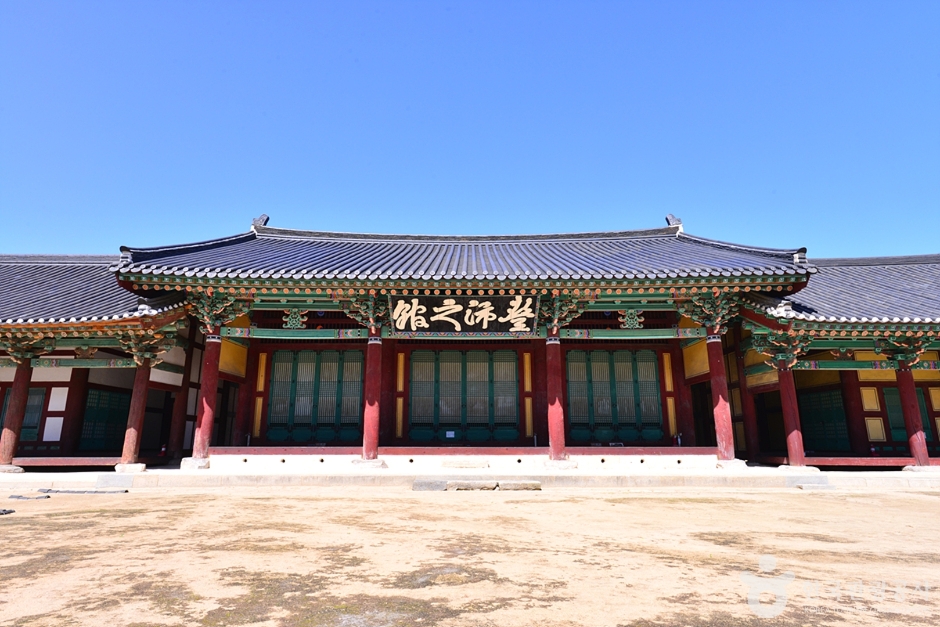
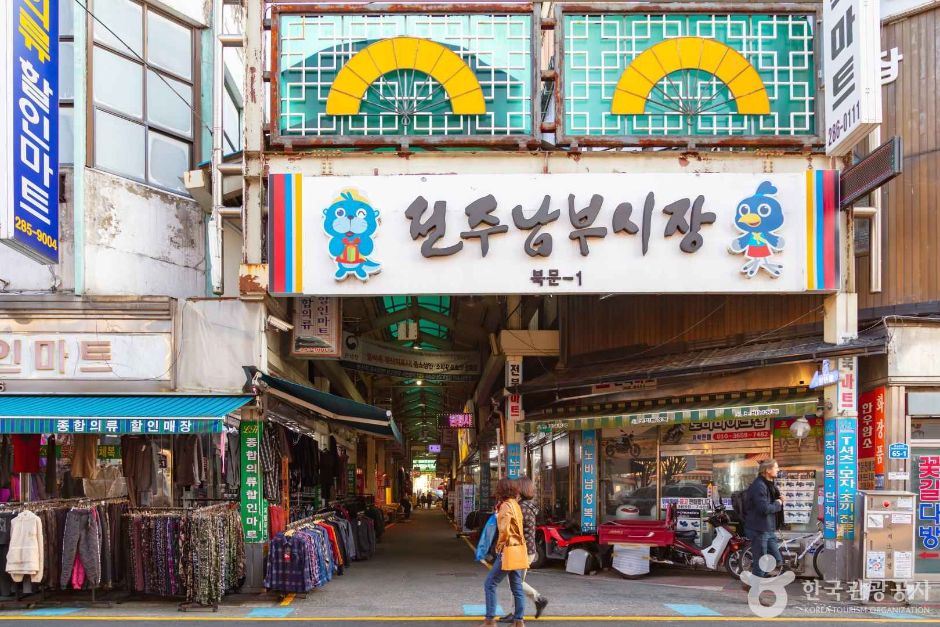
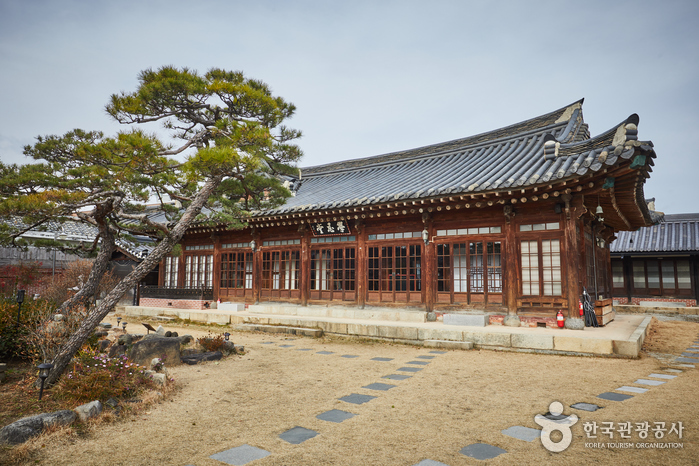
![Goyu [Korea Quality] (고유 [한국관광 품질인증])](http://tong.visitkorea.or.kr/cms/resource/97/2651897_image2_1.jpg)
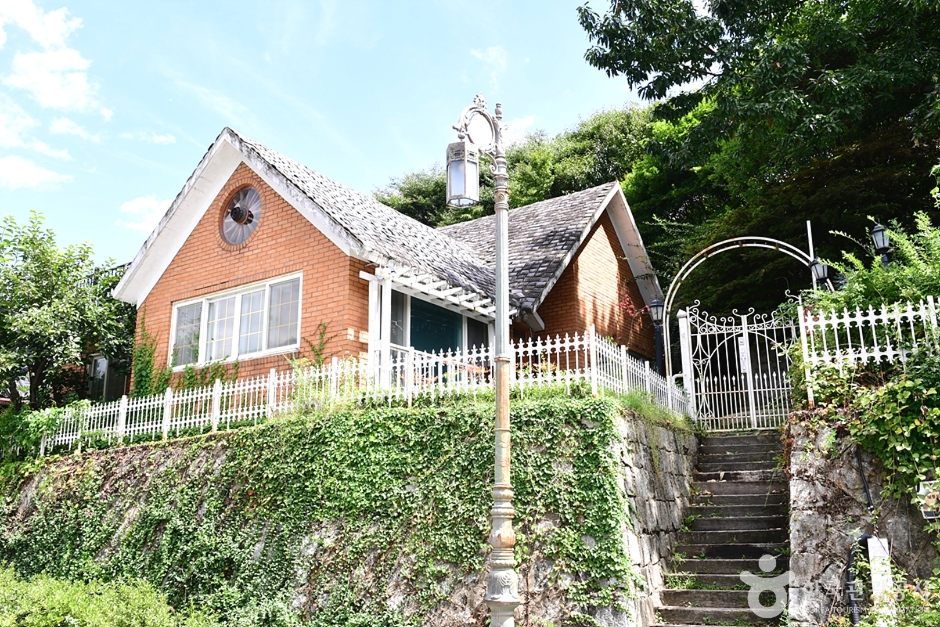
![Hanokstory [Korea Quality] / 한옥이야기 [한국관광 품질인증]](http://tong.visitkorea.or.kr/cms/resource/20/2046320_image2_1.jpg)

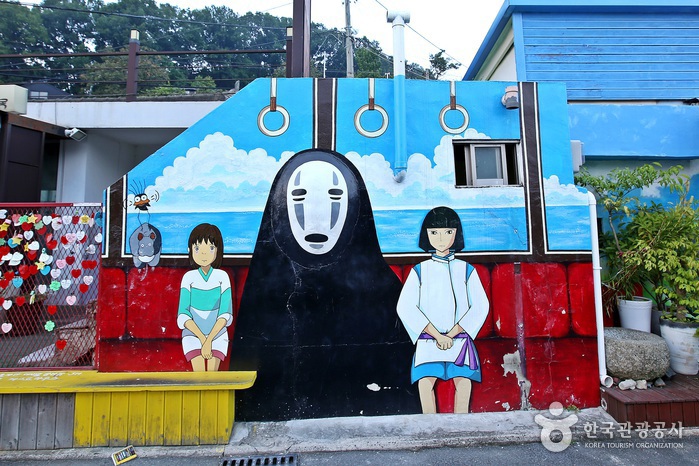
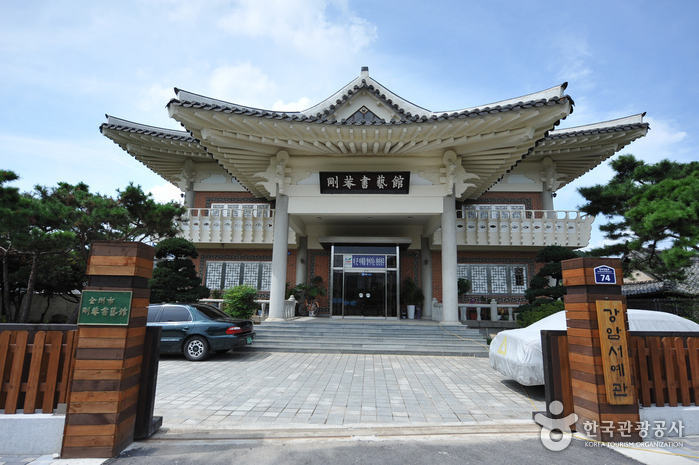
 Español
Español
 한국어
한국어 English
English 日本語
日本語 中文(简体)
中文(简体) Deutsch
Deutsch Français
Français Русский
Русский